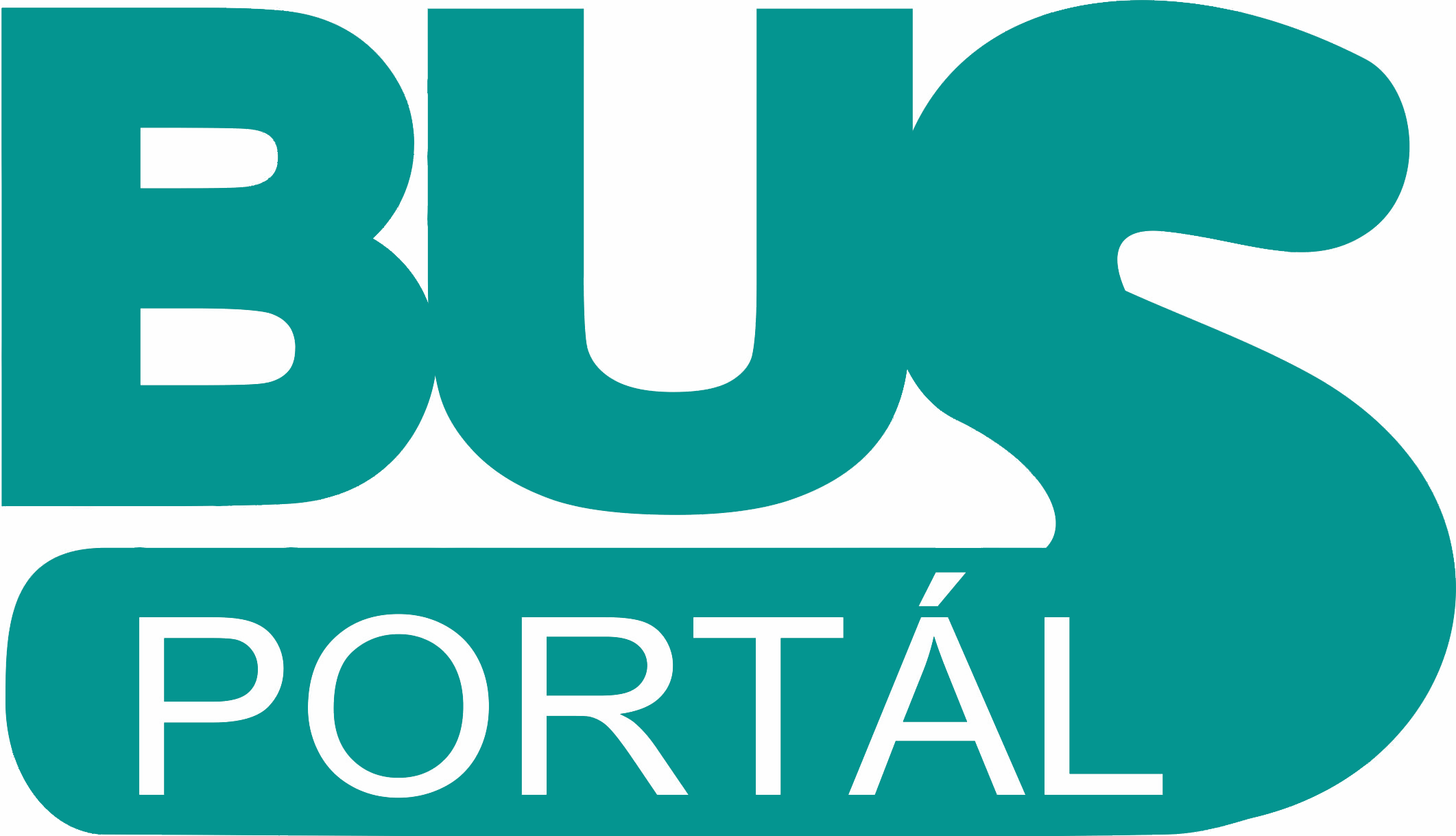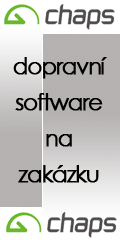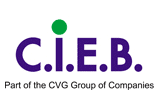Technika
Minibus 65C18P je postaven ve spolupráci se španělským karosářem Indcar.
Vozidlo může mít 24 - 26 sedadel, zajímavé je dvojsedadlo na pravé straně u předního skla. Délka minibusu je 7.714 m a zavazadlový prostor je 2.28 m3. Minibus má v zadní části nouzové druhé dveře. Jako novinka byl představen v rámci šňůry prezentací u dealerů Irisbus Iveco - poslední prezentace proběhla ve společnosti TEZAS. Aktuálně o společnosti TEZAS spolu s úvodními záběry z prezentace: Autorizovaný dealer autobusů Irisbus Iveco TEZAS představil autobusy Irisbus z Vysokého Mýta a autokary Irisbus českým dopravcům v Satalicích.
Momentálně nejkomfortnější autokar v nabídce Irisbusu je z designerské dílny Pininfarina.
Autokar Domino jsme mohli osobně vyzkoušet letos na jaře v rámci akce Tři dny s turistickými autokary Iveco Irisbus ve Vysokém Mýtě. U nového modelu představeného v TEZASu nyní je již přislíbená unifikovaná ergonomie ovládání pro řidiče při zachování designérské unikátnosti palubní desky. Aktuálně o společnosti TEZAS spolu s úvodními záběry z prezentace: Autorizovaný dealer autobusů Irisbus Iveco TEZAS představil autobusy Irisbus z Vysokého Mýta a autokary Irisbus českým dopravcům v Satalicích.
expozícia celej výstavy patrila domácemu - najväčšiemu belgickémuvýrobcovi autobusov značky VAN HOOL.
Keďže BUSportál očakáva zaslanie tlačového materiálu k vystaveným autobusom poštou /na výstave totiž nebol dostupný/, ponúkame Vám pohľad do tejto, veľmi "oku lahodiacej" expozície, bez podrobnejšieho popisu vystavených autobusov. Po obdržaní materiálu sa k expozícii Van Hool vrátime. Veľký počet vystavených autobusov rozdelíme do dvoch článkov. Jeden, ten dnešný tvorí Diamantová edícia diaľkových autokarov a druhý bude venovaný vyrábenému radu mestských autobusov značky Van Hool.
představuje autobusy Irisbus z Vysokého Mýta a autokary Irisbus českým dopravcům v Satalicích.
Letošní rok opět pro TEZAS vypadá dobře, i když není tak úspěšný jako 2006, kdy končily výrobní řady pod značkou Karosa a také norma EURO 3. Přesto prodá společnost přes 110 autobusů, takže je reálné zůstat i letos nejlepším dealerem Irisbus Iveco, (dříve Karosa). V prodeji náhradních dílů se začíná projevovat obnova vozového parku trvalým poklesem prodeje. "Letošní rok ovlivnilo také mýtné či menší dotace na obnovu autobusů. Pro TEZAS to byl první rok, kdy se ve Vysokém Mýtě naplno rozběhla produkce autobusů Crossway. I když jde o úplně nový model, jsou to spolehlivé a co do spotřeby úsporné autobusy, " říká ředitel společnosti TEZAS Radislav Rožánek. V loňském roce představil TEZAS novou modelovou řadu vozů Arway, nahrazující zejména autobusy Karosa AXER. V letošním roce je hlavním produktem pro český trh řada Crossway v různých provedeních. Vozy na přání zákazníka mohou po dodatečných úpravách splňovat i limity Euro 5. V tom případě se v oblasti emisí vyrovnají autobusům pohonu na CNG. V současnosti jsou novinkou částečně nízkopodlažní autobusy Crossway LE. Dva autobusy Crossway LE jsme mohli 20. listopadu vidět i na prezentaci autobusů a autokarů Irisbus Iveco. Žlutočervený dvojdvéřový se chystá pro SpoJBus a bílý třídvéřový prototyp se zastavil v rámci probíhajících zátěžových zkoušek. Představen bude oficielně až v příštím roce. Proto respektujeme přání Iveco CR a neuveřejňujeme zatím detailní záběry autobusu. Představovanou novinkou byl minibus Iveco Daily Tourys vyráběný spolu se smluvním španělským karosářem Indcar (premiéra v Kortrijku). Prezentovány byly také autokary Evadys H a HD a Domino. Vozy mohou být dodávány v provedení EURO 4, EURO 5 a EEV podle přání zákazníka. Samostatnými záběry se věnujeme premiérovému Tourysu , novému Dominu a Crosswayi LE v barvách SpoJBusu. Změnou ve společnosti TEZAS je přechod v protektorování pneumatik na outsourcing s obchodním partnerem - společností WETEST. To společnosti umožní plně se věnovat obchodním aktivitám v oblasti autobusů. TEZAS chystá rozšířit síť svých servisů, které bude postupně certifikovat na plnohodnotné autorizované servisy Irisbus Iveco. "Současným největším problémem nejsou investice do vybavení, ale, a to především v pražském servisu, získat kvalifikované automechaniky, " , říká Radislav Rožánek a k výhledu do budoucnosti dodává: "Trh v České republice je v podstatě rozdělen a je pro další rozvoj naší společnosti malý. Proto se chceme v dlouhodobé perspektivě orientovat na východní trhy."
komplexně představily na semináři Metrobus - šance pro Střední Evropu při výstavě Coach Progress v Letňanech. Pohledy výrobců, dopravce, instituce i vysoké školy. PREZENTACE: VEOLIA TRANSPORT, VOLVO BUS CORPORATION, COST - TU0603
Z pěti vystoupení máme v současnosti k dispozici 3 prezentace. Zbývající prezentace Daimler Buses (Mercedes-Benz) je v jednání, prezentace DFJP UP byla natolik specificky zaměřená, že nepředpokládáme její zveřejňování. Vážným zájemcům o problematiku poskytneme kontakt na přednášejícího. VEOLIA_METROBUS.pdf VOLVO_BRTefficiency.pdf VOLVO_BRTenvironment.pdf VOLVO_BRTsafety.pdf COST_TU0603.pdf BUSportál velmi těší, že právě on přinesl první větší informaci početnému publiku nejen z řad dopravních profesionálů, samospráv, ale i studentů a fanoušků veřejné dopravy. Podporu akci projevilo i Ministerstvo dopravy - zahájení patřilo náměstku ministra Petru Šlegrovi a a Martinu Robešovi v zastoupení náměstka ministra Aleše Kutáka z Ministerstva životního prostředí . Úvodní slova shrnula problematiku dopravy jako fenoménu ekonomického i ekologického a přihlásila se k nutnosti nalézat komplexní řešení, která by maximálně zohledňovala oba aspekty bez ohledu na to, zda jde o dopravu kolejovou či silniční. Posílení úlohy hromadné dopravy v takové kvalitě, která by přesvědčila uživatele osobních aut o jejím použití, se vyplatí v konečném důsledku všem. Systémy BRT jsou dlouhodobě podporovány a realizovány společností VOLVO . Ta představila jak základní filosofii systému, tak konkrétní projekty v Latinské Americe i v Evropě. Populární dvoukloubový autobus byl letos představen naživo kromě UITP v Helsinkách i v Maďarsku a je zde již reálný předpoklad jeho využití. Pozdější, ale velmi razantní nástup do technologie zaznamenáváme u společnosti Mercedes-Benz (Daimler Buses) . Systémy Metrobus v různých formách jsou oblíbené i v Německu. V letošním roce se rozbíhá i sériová výroba vozu CapaCity. Pohled dopravce je neméně zajímavý. Svůj potenciál v této oblasti má Veolia Transport , která může zužitkovat celosvětové zkušenosti provozování této dopravy i u nás. Společnost je evidentně připravena k implementaci systému v konkrétních lokalitách v České republice. Bylo potěšující se dozvědět, že i Česká republika se podílí prostřednictvím CDV na celoevropských procesech a přihlásila se aktivně do projektu COST . "Buses with high level of service", jak jsou BRT systémy nazvány, mají svoje výhody i úskalí, ale je dobré vědět, že i u nás se problematika mapuje a řeší. Zajímavé byly příklady implementací na nejrůznějších úrovních od prostého oddělení jízdního pruhu čarou a obsluhou tradičními vozidly (popovodňové "metrobusy" byly i v Praze) po vysoce sofistikované systémy s vysokokapacitními vozidly, infrastrukturou zastávek, parkovišti a návaznostmi na systém ostatní dopravy. Zajímavý byl i pohled konstruktérů a vývojářů. Dopravní fakulta Jana Pernera Univerzity Pardubice spolu s výrobcem autobusů SOR Libchavy velice důkladně zkoumá a modeluje vlastnosti vysokokapacitních vícečlánkových vozidel. Z prezentace je patrné, že v případě poptávky po tomto způsobu dopravy je zde reálná možnost uvidět v budoucnu na našich silnicích kromě vozů světových výrobců i vysokokapacitní vícečlánkový cenově zajímavý autobus české výroby. Redakce děkuje SDT, Dopraváku, Dopravním novinám, newsletteru časopisu Technik a spřáteleným webům za účinnou pomoc při propagaci akce, přednášejícím za důvěru a návštěvníkům za pozornost a zájem. Velký dík patří i výstavě Coach Progress. Děkujeme i za důvěru neznámému editorovi Wikipedie, který tak věřil v úspěch akce, že týden před jejím uskutečněním pochvalně referoval o jejím průběhu - měl ostatně pravdu. Těšíme se na další autobusovou akci s futuristickým nádechem a na nějaký velkokapacitní autobus v životní velikosti na půdě České republiky.
Fotografie z archivu. Jak se kdysi jezdilo u ČSAD Kroměříž. II. část - nákladní automobily I. (Teď už doopravdy.)
Omlouváme se za to, že ráno nebyly u nadpisu žádné fotografie. Úmysl byl zaměněn za čin. Nákladních záběrů je tolik, že jsme neměli srdce vybírat a rozdělili jsme nadvakrát. Takže ještě bude jeden, poslední kroměřížský kaleidoskop. I. část - autobusy. Děkujeme čtenářům BUSportálu za zajímavé fotografie.
Díky záběrům pořízeným pro zpravodaj společnosti Volvo Globetrotter Czech je možno vidět úspěšně dokončené rozšíření společnosti.
Jak to vypadalo na konci března zachytil BUSportál při návštěvě autobusu Sunsundegui Sideral Volvo B12B: Na návštěvě v CIVA Trans v Rovné u Strakonic. Rodinná dopravní a servisní společnost spojená se značkou Volvo investuje do rozvoje. Zanedlouho bude možno v Rovné opravovat kompletně i těžce havarovaná vozidla.
Fotografie z archivu. Jak se kdysi jezdilo u ČSAD Kroměříž. I. část - autobusy.
Děkujeme čtenářům BUSportálu za zajímavé fotografie.
Ruské, ukrajinské a bieloruské autobusy v Kortrijku.
(EN) (Mayor announces Europe's largest fleet of hydrogen buses for London.) Tisková zpráva města Londýna spolu se zajímavými odkazy v angličtině.
Zprávu jsme nejprve zachytili na čt24 viz čt24: Londýn získá autobusy na vodíkový pohon. Avízo na informace přišlo vzápětí od HyFLEET:CUTE. Kompletní zprávu spolu se zajímavými poznámkami a odkazy zveřejňujeme v angličtině, ale už nepřekládáme. Mayor announces Europe's largest fleet of hydrogen buses for London 13-11-2007 The Mayor of London, Ken Livingstone, today announced that ten new hydrogen powered buses will join London's bus fleet by 2010. When operational on London's streets, the hydrogen fuel cell-powered vehicles will produce no pollution or carbon dioxide, a major contributor to global warming, and will help improve the capital's air quality. Transport for London has signed a contract with ISE - an American company with a record of delivering hydrogen buses - for five hydrogen fuel cell buses and five hydrogen internal combustion engine buses. This is one of the world's first commercial contracts for hydrogen buses. The vehicles will be operated by First on behalf of Transport for London. In February 2006, the Mayor announced the London Hydrogen Transport programme, which aims to introduce 70 new hydrogen vehicles into London - ten of these vehicles will be buses. Transport is responsible for 22 per cent of London's emissions, and the Mayor's Climate Change Action plan sets a target for annual reductions. Hydrogen vehicles are clean and efficient, and it is expected that the ten hydrogen hybrid buses will produce substantially fewer emissions of CO2 and other harmful air pollutants than a conventional diesel bus. Ken Livingstone, said: "Hydrogen is a fuel of the future as it improves air quality and does not produce the harmful emissions which are causing catastrophic climate change. These ten new hydrogen vehicles will be clean and efficient, providing a smoother, quieter ride for passengers. "London is now the first city in Europe to commit to a hydrogen bus fleet of this size, which will match traditional diesel buses in terms of performance. This represents a huge step forward from the previous hydrogen trials in the capital and is an important step towards my target of having five per cent of all public sector fleet vehicles powered by hydrogen by 2015." The contract signed with ISE is for £9.65 million. This covers not only the initial cost of the vehicles themselves but also the specialist maintenance and replacement parts over a five year period after delivery. The Department for Business Enterprise & Regulatory Reform has provided a grant of £2.6 million towards Transport for London's hydrogen bus programme. Malcolm Wicks, Minister of State for Energy: "This is a very exciting development and a serious step towards the long-term aim of reducing emissions from road transport. The Government has backed the Mayor’s scheme with £2.6m as part of a wider package of support for UK hydrogen and fuel cell projects. This again underlines our commitment to do what we can to tackle climate change." M ike Weston, Operations Director for London Buses, said: "The Mayor and Transport for London are committed to tackling climate change through cutting London's contribution to CO2 and other emissions. Hydrogen technology is still being developed and we are paying a premium for these early models. However, we firmly believe this is a worthwhile investment in developing clean, green technology, and we expect costs to reduce over time." These new hydrogen buses will incorporate hybrid technology to ensure they make the most efficient use of hydrogen. It also allows hydrogen buses to match their diesel counterparts in terms of range and operating hours. Hydrogen fuel cell buses produce no exhaust emissions other than water vapour. Emissions from the buses with hydrogen internal combustion engines will also be much lower than from conventional diesel buses; exact figures will be confirmed after delivery. ISE is an American company which has been delivering hydrogen buses since 2004. ISE will be working with a number of sub-contractors, including The Wright Group, a bus manufacturer based in Northern Ireland, and Ballard, a fuel cell manufacturer based in Canada. The 'well to wheel' CO2 emissions for both types of bus will be calculated after delivery, when the volume of hydrogen required to power the buses in operation has been confirmed. 'Well to wheel' emissions levels take into consideration the production or extraction processes used in procuring the fuel, as well as the emissions produced by vehicles in operation. The reductions in carbon dioxide emissions, compared to a diesel bus are expected to be: 50% reduction for the fuel cell buses and 20% reduction for the internal combustion engine buses. The procurement process to secure a hydrogen refuelling supplier is well underway and TfL expects to have chosen a supplier on board early in 2008. This project compliments the activities of the Hydrogen Bus Alliance, which TfL was integral in setting up. The Alliance comprises representatives from the public transport authorities of international cities and regions that have demonstrated a clear commitment to hydrogen technology. Each member of the Alliance has made a commitment to buy at least five new hydrogen buses to begin operating between 2008 and 2012. For more details: www.hydrogenbusalliance.org Transport for London previously took part in CUTE (Cleaner Urban Transport for Europe) - a European Union project designed to test hydrogen technology in different cities in Europe. A number of participants (including London) also took part in the one year extension of the trial, known as Hy:FLEET CUTE. The trial saw three hydrogen -powered fuel cell buses running on the RV1 route in London for three years. The aim of the project was to demonstrate the feasibility of an innovative, high energy efficient, clean urban public transport system; and educate people about hydrogen fuel CUTE trial: www.fuel-cell-bus-club.com HyFLEET:CUTE extension: www.global-hydrogen-bus-platform.com These ten new hydrogen buses are part of the Mayor's plan to have up to 70 hydrogen vehicles in operation in London by 2010, as set out in the London Hydrogen Partnership's Transport Action Plan. For more details: www.london.gov.uk/lhp


















